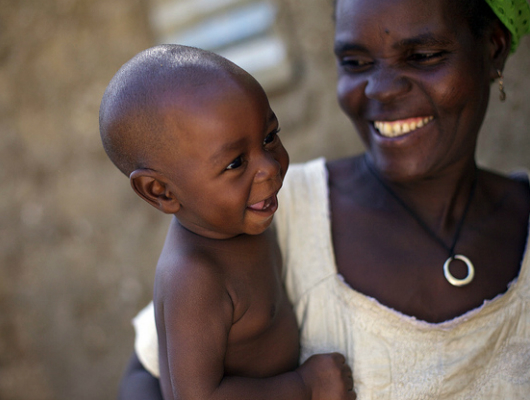
UNICEF and the World Food Programme announced recently that volunteers will go door to door over the next 12 months in an effort to screen 250,000 children for acute malnutrition in South Sudan.
The initiative will target households in the state of Warrap in Buhr el Ghazi, where an estimated 26,000 children are thought to suffer from life-threatening cases. Volunteers have been chosen from local communities and trained by the state Ministry of Health with support from UNICEF and WFP.
“Visiting every single home will help ensure that children who are malnourished or sick will be referred for treatment and will receive life-saving care,” said Vilma Tyler, Chief of Nutrition for UNICEF in South Sudan.
The announcement comes just as the recent Integrated Food Security Phase Classification warns that the situation in some areas of the country could escalate to famine levels if humanitarian assistance isn’t delivered by December. Nearly 238,000 children in South Sudan are currently experiencing Severe Acute Malnutrition (SAM).
Widespread food insecurity in the newly formed country has been the result of ongoing conflict between various rebel groups and the fledgling South Sudanese governing body.
Civil war came to a head in Juba in 2013 amidst ethnically motivated attacks, civilian massacres, and the displacement of over 750,000 children as people fled their homes to escape the violence.
Record food prices caused by the resulting economic downturn and unreliable rainy seasons have exacerbated an already dire problem; the number of children facing SAM doubled from the previous year.
With time running out, volunteers are working quickly to triage those in need. Children at risk of starvation will receive treatment at UNICEF-supported health facilities and outpatient therapeutic programs while caregivers will be offered guidance on how to keep children healthy through nutrition, hygiene and sanitation practices.
For children with SAM, initial treatment often means utilizing Ready-to-Use Therapeutic Food (RUTF) – 500kcal spreads containing essential amino acids, lipids, and minerals – as their sole nutritional intake.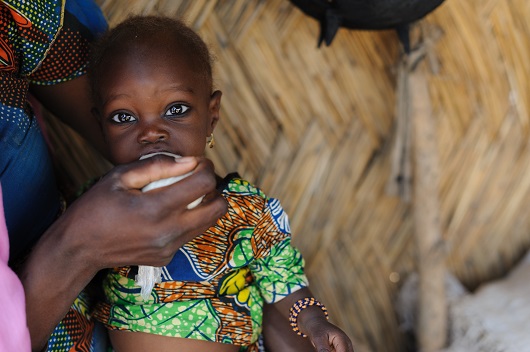
UNICEF is hoping to build on the progress it made in 2014 by prioritizing three strategic objectives: continuing humanitarian intervention in UN Protection of Civilian (PoC) and Internally Displaced Person (IDP) sites, scaling up its Rapid Response Mechanism (RRM) in hard to reach locations and supporting capacity building by engaging community-based organizations.
Until March 2014, UNICEF primarily operated within United Nations’ PoC and IDP sites, which sheltered only a fraction of the 800,000 people displaced by conflict. Ethnic and gender-based harassment and shifting security situations prevented volunteers and specialists from reaching 90 percent of at-risk individuals across the country.
Still, for 90,000 people, life-saving treatment and sustainable training came just in time. In addition to nutrition services, children benefited from guidance on sanitation and hygiene and were enrolled in school.
The development of RRM revolutionized UNICEF’s reach in the country. Mobile teams of specialists are now equipped to deploy to locations previously inaccessible because of deteriorated security.
During the 34 missions these teams conducted last year, more than 500,000 additional people were screened, and the number of children receiving life-saving treatment for SAM climbed to 93,000.
These teams are also equipped to collect more extensive data on the ground and to implement warning systems, which will alert them to return to communities when progress begins to reverse. UNICEF is hopeful that by ramping up RRM capabilities, they will continue to see more patients.
To prevent recurring cases, UNICEF will step up engagement with community-based organizations with a focus on capacity building. Last year, the organization worked with 88 local organizations to train around 1,900 partners on SAM treatment, infant and young child feeding, and nutrition surveys.
It also supported local working groups seeking to maintain progress in affected areas and engaged the government of South Sudan on water sanitation and national planning.
These efforts will be critical to ensuring that sustainable development continues even after these next 12 months, and UNICEF is hopeful that, for children in South Sudan, it will.
– Ron Minard
Sources: IpcInfo 1, IpcInfo 2, UNICEF 1, UNICEF 2
Photo: Flickr, Wikipedia
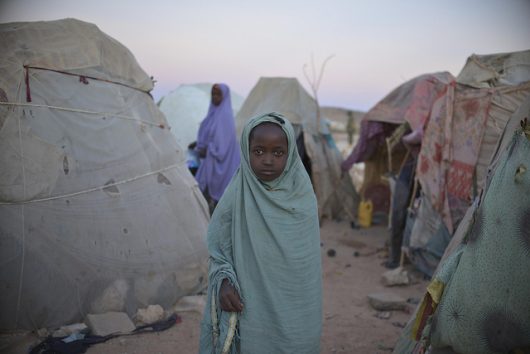 In September 2017, philanthropic organization Dubai Cares celebrated their tenth anniversary. The global nonprofit was founded by Vice President and Prime Minister of the United Arab Emirates and Ruler of Dubai Sheikh Mohammed Bin Rashid Al Maktoum. Its mission is to provide education to citizens from countries where educational opportunities are sparse.
In September 2017, philanthropic organization Dubai Cares celebrated their tenth anniversary. The global nonprofit was founded by Vice President and Prime Minister of the United Arab Emirates and Ruler of Dubai Sheikh Mohammed Bin Rashid Al Maktoum. Its mission is to provide education to citizens from countries where educational opportunities are sparse.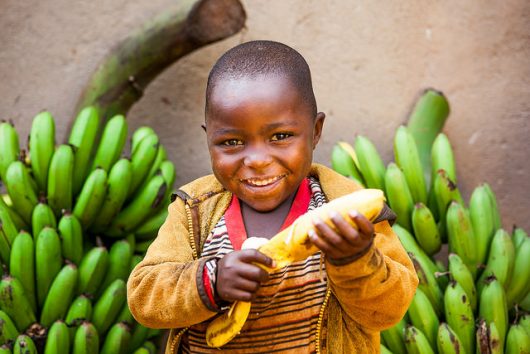 Burundi is a small East African nation located near Rwanda. Unfortunately,
Burundi is a small East African nation located near Rwanda. Unfortunately, 

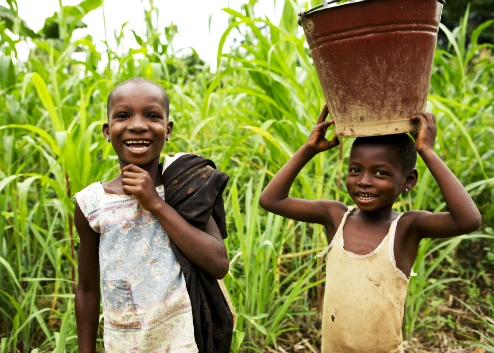
 UNICEF and the German Agency for International Cooperation (GIZ) have announced that they will launch four pilot health centers in 2016. As a result, thousands of rural residents may be able to receive basic health care in
UNICEF and the German Agency for International Cooperation (GIZ) have announced that they will launch four pilot health centers in 2016. As a result, thousands of rural residents may be able to receive basic health care in 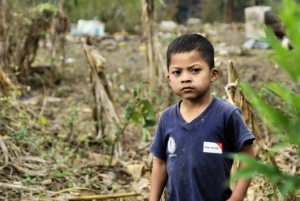 What causes stunting? The World Health Organization (WHO) calls growth stunting one of the most significant impediments to human development.
What causes stunting? The World Health Organization (WHO) calls growth stunting one of the most significant impediments to human development.



